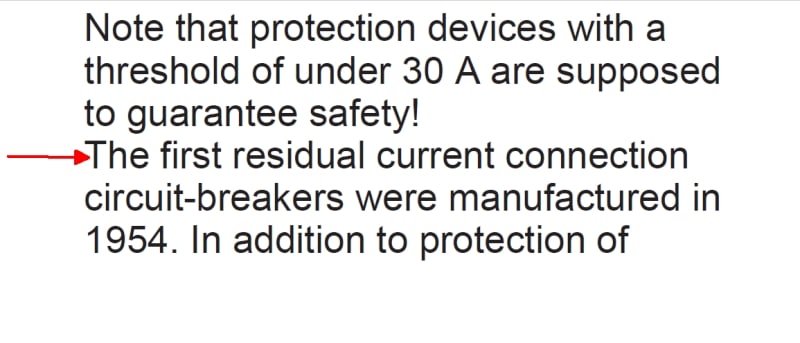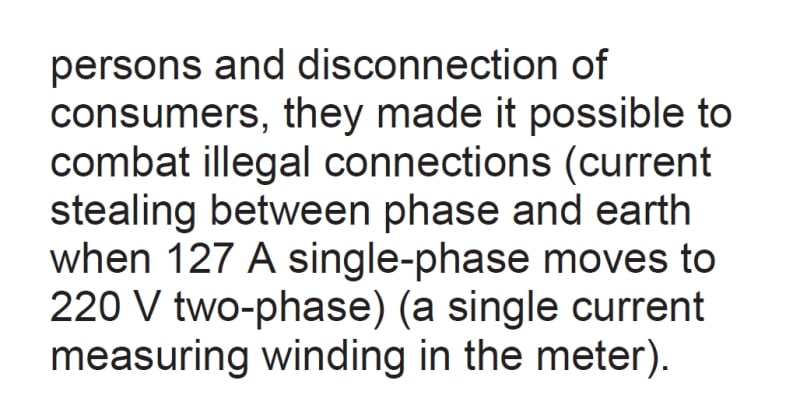You are conflating GFCI with an RCD, they are not the same. GFCI is a very specific term for a PERSONNEL protective device that trips at 5mA, +-1mA. Charles Dalziel (a UC Berkeley professor) was investigating the effects of electric shock on humans and determined the amount of current flow at 60Hz that would produce a “lock” grasp response, which is what was leading to many electrocutions. He determined that in a normal human, each 1mA of current causes us to exert 10lbs of force. So the 5mA threshold had to do with how much counter force you could muster to overcome that caused by the shock in order to get you off of the connection. Contrary to popular belief it has nothing to do with how much current will stop your heart, it’s all about being able to let go of something shocking you.
RCDs existed prior to that, but typically had a 30mA threshold, as they still do elsewhere in the world. Dalziel’s contribution was a circuit that reliably worked at 5mA and has become our standard. Outside of North America that is not the case and people use 30nA RCDs, as they were prior to Dalziel.
So did Charles Dalziel invent the GFCI? Yes. Did he invent the RCD ground fault detection system? No, it already existed. I don’t know who invented that but I suspect someone in Europe.






